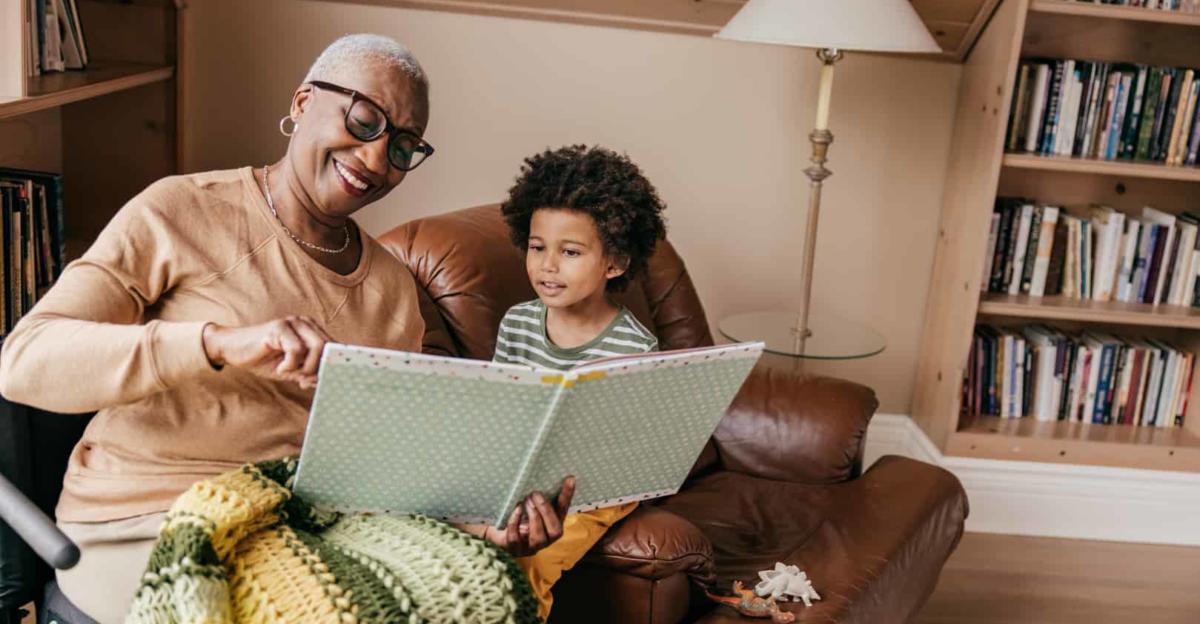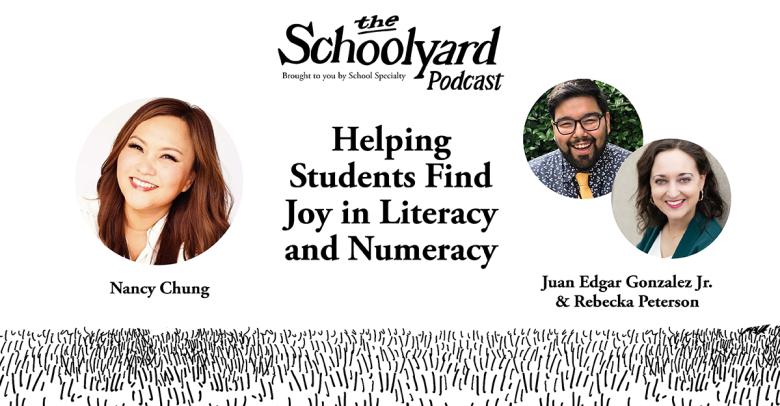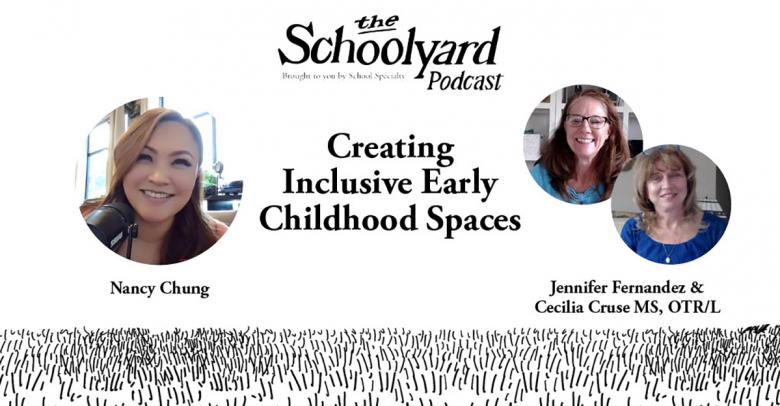We know that parent involvement is directly connected to academic achievement as well as helps to support the development of Social & Emotional Learning (SEL) skills. In addition to just reading to children, parents are also encouraged to take an active role in making story time more interactive. These include suggestions such as pointing to each word as it is read, asking, and identifying more details in illustrations (what color is the bird, where is the cat hiding? etc.). Modeling fluency when reading helps children develop what is termed affective or emotional prosody i.e. understanding the verbal and nonverbal cues of emotions such as happy, angry, sad, etc. Great storytellers use this skill effectively to keep readers/listeners engaged and on task.
For students with special needs, eliciting participation and engagement may take a bit more creativity. Here are a few ideas:
1.) Use a low-tech Augmentative and Alternative Communication (AAC) or Speech Generating Device (SGD) for students that are non-verbal or have more severe cognitive/expressive language skills.
- Bluebee Pals are Bluetooth enabled and can be paired with any iOS and Android app that has a narrative. Patented technology allows Bluebee’s mouth and head to move while reading stories, teaching through educational games, communicating through speech/AAC apps, learning a language, and singing songs. The plush and loveable characters like Sammy the Bear or Hudson the Puppy are sure to keep children engaged while building language and cognitive cause/effect skills.
- A portable and super budget friendly option is the TickiT Sound Bank Mirror with 30 seconds of record time. Have one of the child’s peers pre-record the sentence and/or a page from a favorite book, then when it is the child’s turn to read part of the story the device can be activated with the push of a button to “speak” the lines. This keeps the activity age appropriate with voice modulation and promotes inclusive peer activity.
2.) If focus, attention and/or engagement are an issue, try using a visual timer to designate the allotted story time. For younger children and/or those with special needs, start with shorter reads (a.k.a. more pictures vs. words!) then increase time, length, and complexity as the child progresses. The Time Timer Mod is a durable and portable option that features a visual display of the time elapsing/remaining. This is beneficial for students who struggle with analog or digital time clocks or are too sound sensitive to use a standard kitchen timer.
3.) For children with visual and/or cognitive impairments, big books may be helpful. Large print books may help a child with mild to moderate vision loss discover the world of books and make tracking the words easier. Adding additional support tools like hand puppets, may enhance the story line and promote better engagement.
4.) Create a sensory quiet space or reading corner. The Abilitations Reading Canopy hung over a corner bean bag chair or a reading nook with pillows, a weighted lap pad or weighted stuffed animal like Mia the Monkey are good options. These sensory tools help promote spatial boundary definition and deep touch pressure input for calming which can contribute to a relaxing enjoyable reading experience.
With just a few adaptations, children with special needs can be included in story time, an important support tool for family engagement. Visit our website for more products to help support children of all abilities.
Cecilia Cruse
Cecilia Cruse, MS, OTR/L has a BS degree in Occupational Therapy from the University of Florida, and her Master’s degree in Education from Georgia State University. She is SIPT certified and has over 25 years of experience in pediatrics with school-based services, acute care, and outpatient pediatric settings.







Leave a Reply